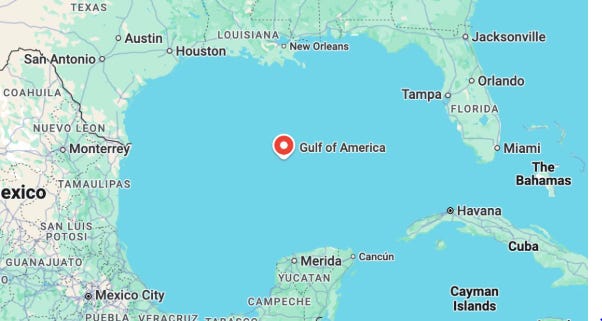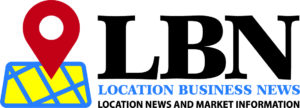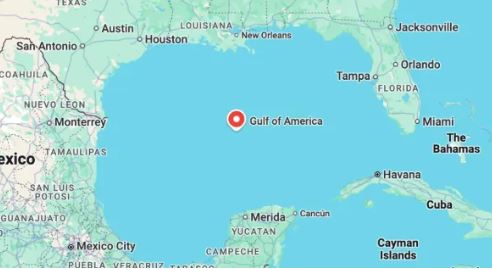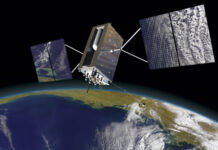At our deadline, TomTom [Tom2] reached out to us to clarify the company’s position on the recent President Donald Trump/Geographic Names Information System (GNIS) decision to change the name of the Gulf of Mexico to the Gulf of America.
“While [GNIS], the authoritative standard database for geographic titles in the US, has officially changed the name—global standardization remains uncertain,” the company said. “The International Hydrographic Organization (IHO), the global authority on water body names, has not yet recognized a change from “Gulf of Mexico” internationally, raising questions about how digital maps handle conflicting geographic data,” the company said.

As a result, TomTom will be changing the Gulf of Mexico to the Gulf of America for U.S. users, while keeping the default map’s name as the Gulf of Mexico. Users will be able to change the view based on their preferences, the company said.
“At TomTom, we prioritize real-time, authoritative data to ensure our maps reflect the most accurate, up-to-date information. Geographic names, especially those tied to global standards, should be informed by trusted sources and international consensus to maintain consistency across borders,” said TomTom’s Brandy Boyle, maps manager. “We monitor authoritative sources such as the [GNIS] and work closely with local and international bodies to validate any changes. In this view, the U.S. continental shelf area bounded by Texas, Louisiana, Mississippi, Alabama, and Florida—extending to the seaward boundary with Mexico and Cuba—will be labeled as the ‘Gulf of America,’ while the southern part of the gulf will continue to display Gulf of Mexico.”
Boyle said that users will find both names of the gulf when referencing the same location. “TomTom maps users will be able to choose between the US-view or default maps based on their situation. Ensuring that our global maps remain precise, reliable, and free from unnecessary confusion is essential to serving citizens, government authorities, and businesses worldwide,” she said.


























